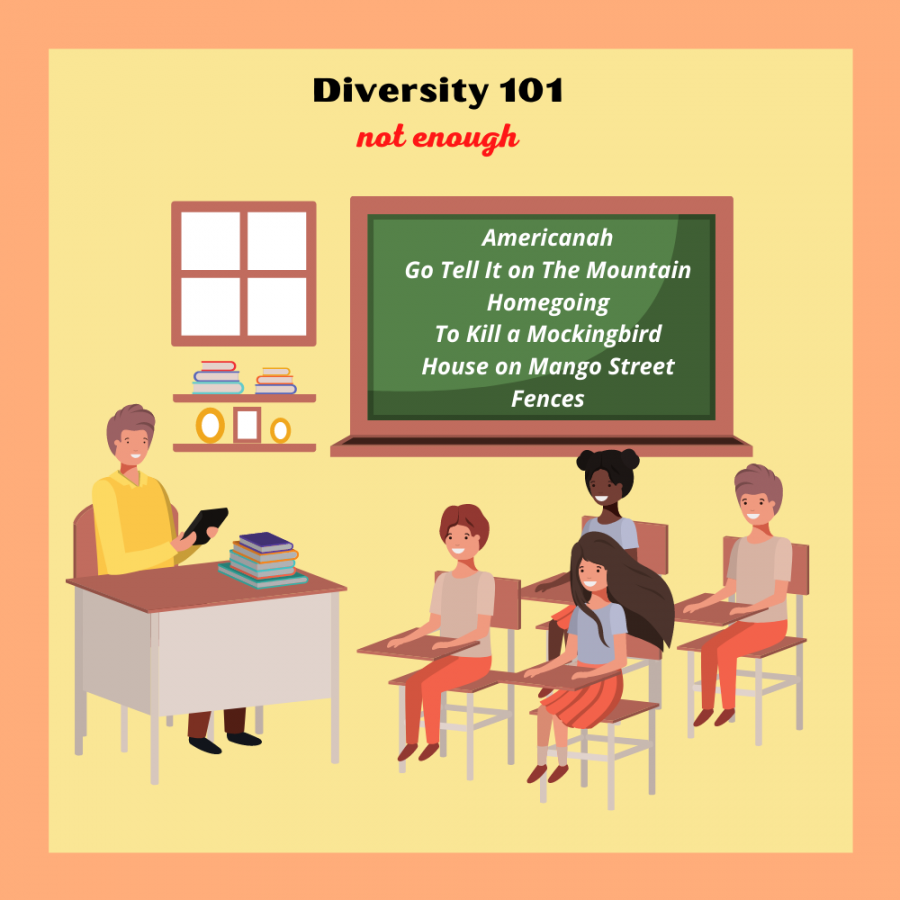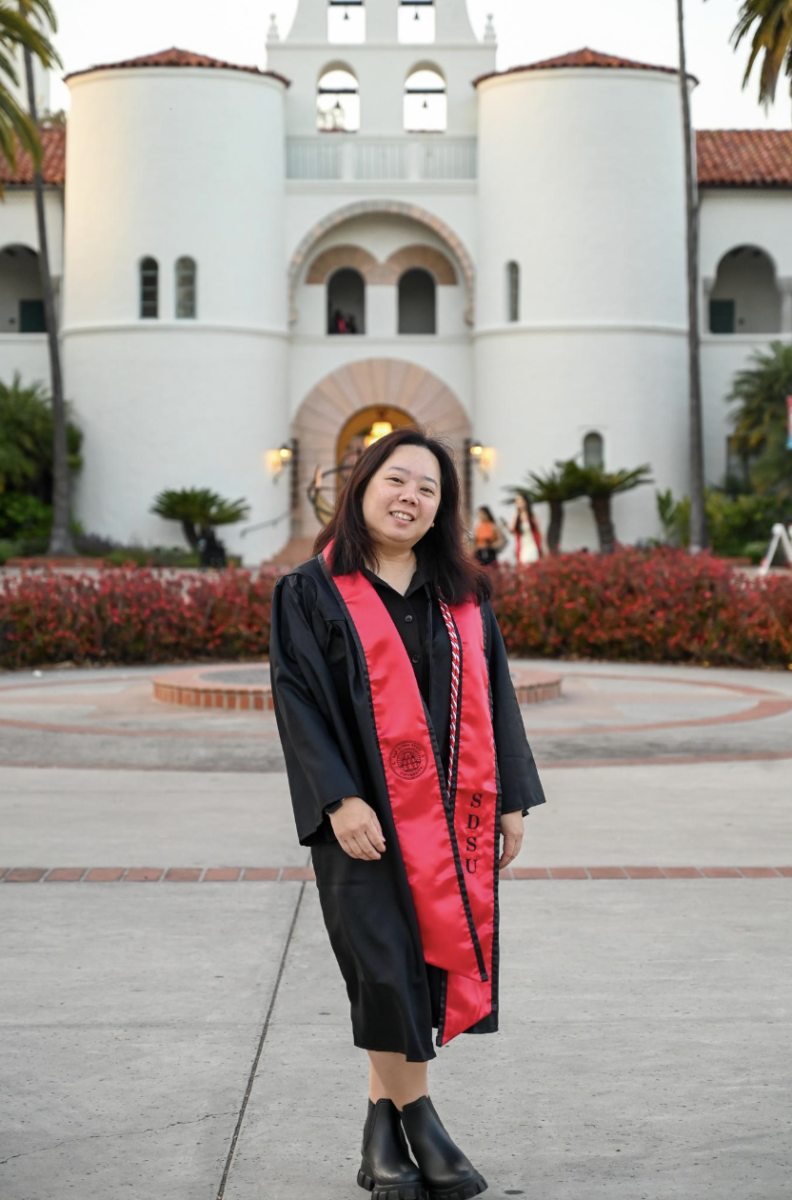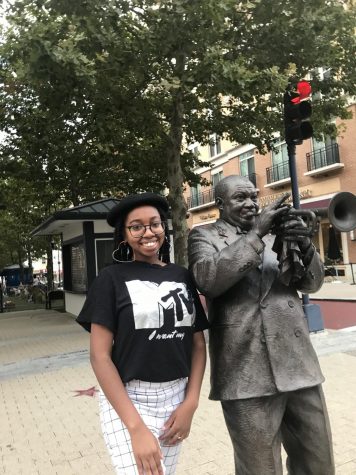For students of color, navigating the world is already a difficult task.
School should be the last place where students should have to worry about combating racism but unfortunately, in today’s political climate, it’s a thing.
It has been a thing for far too long.
Racism is present in the classroom from preschool to higher education, and it stems from the educational system as a whole. From the origins of curriculums and how teachers are trained to teach in grade school to the way admissions counselors evaluate college applications, there is a clear standard rooted in white supremacy that these systems reflect.
That translates to students of color at all levels and the discomfort they feel when teachers are forced to explain the belief that all men are created equal but the truth is: enslaved and oppressed one group in order to provide independence and wellbeing for another.
The task is difficult because students are still developing while they are there to learn and grow deeper in their education. The information they are taught may come across as prejudiced or racist, and if it comes from a prejudiced or racist teacher, it taints their entire perspective and can fuel triggering feelings in students or prompt unfortunate interactions in which they may become involved.
For example, slavery is a topic that makes many of us uncomfortable. Slavery and its social, psychological, and economic legacies, however, have forever changed black-white race relations in the United States. Due to the generational trauma, it requires discussion. It requires questions and answers. It requires constructive generational healing.
Many students of color may be first- or second-generation students, children of immigrants or have other identities that may intersect and will inevitably provide pressures that will grow heavier as time passes.
It can be exhausting for students of color to explain their culture and identity over and over again for people to understand what is acceptable and what is not. They should not be the ones who have to deal with racism. They are students and their purpose is to learn – not to be interrogated, attacked, disrespected, put on the spot and lead discussions when their community is brought up in class, no matter the reason.
Discussing racial issues can make students and educators uncomfortable, but for students of color, feeling uncomfortable is a constant that never goes away. When conversations surrounding race are had in school, they tend to focus on oppression rather than triumph. It is critical for educators to teach the full range of a community of color not just during Hispanic Heritage Month, Asian-American and Pacific Islander Heritage Month or Black History Month, but all year long.
Assigning diverse books isn’t enough. In grade school, “To Kill A Mockingbird” by Harper Lee is a required text for most students across the country. It is a book focused on race but it’s written by a white author so it can only say so much about the Black experience. I remember reading it in my freshman year of high school in my honors English class. That same year, amongst other texts, I also vividly remember reading “Fences” by August Wilson, a Black playwright and “House on Mango Street” by Sandra Cisneros, a Mexican-American author.
I recognize that, in this context, I am one of the lucky ones who was able to obtain a somewhat well-rounded education in terms of a diverse reading list that year. This is just one example of how teachers can broaden their curriculum for their students’ benefit. I didn’t realize it at the time, but I was gaining a wealth of knowledge about race simply by reading fictional stories about people of color that were more real than I could comprehend at the time, but I understand it now fully and I’m grateful.
I’m grateful because I understand not many students receive this type of education or worse, they don’t receive this type of education and experience blatant racism in the classroom. They may be the only student in the classroom who looks like them, which is problematic because it makes it easier for others to commit microaggressions and make racist remarks. People have no idea what to do with that, and take it from me, neither does that student.
I believe San Diego State can improve its response to racism when it is reported and brought to their attention. On campus, constant conversations should be fostered in order to raise awareness and hear the voices of those who are oppressed. With that, positive aspects of race and diversity should be talked about just as much, if not more than the negative aspects. These discussions should be held in a space where students feel safe and secure rather than suffocated and embarrassed – though all of these emotions are valid and natural.
They shouldn’t only be a thing when protests are high, someone tragically becomes a hashtag, or to be more specific to the SDSU community, a cultural student organization’s Zoom meeting is interrupted by racist “zoom bombers”, a campus cultural resource center becomes vandalized or a professor makes racially insensitive remarks in an online lecture all within a span of two years.
SDSU should consider making required courses for students to learn more about diversity and its importance in all aspects of life. They believe that a science, art, and math class is required for all majors, but shouldn’t diversity be equally valued? Diversity, like science, art and math, extends beyond the classroom, but it should be honored, celebrated and acknowledged there as well.
Trinity Bland is a junior studying television, film, media and Spanish. Follow her on Twitter @trinityaliciaa.









